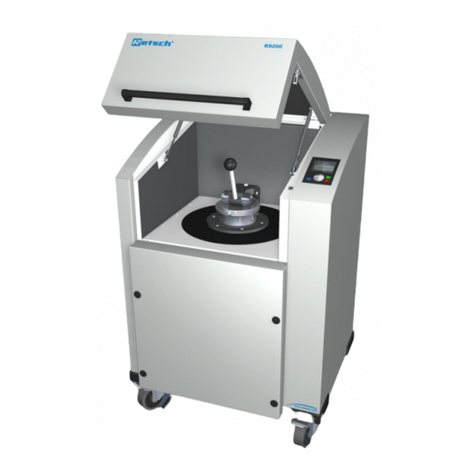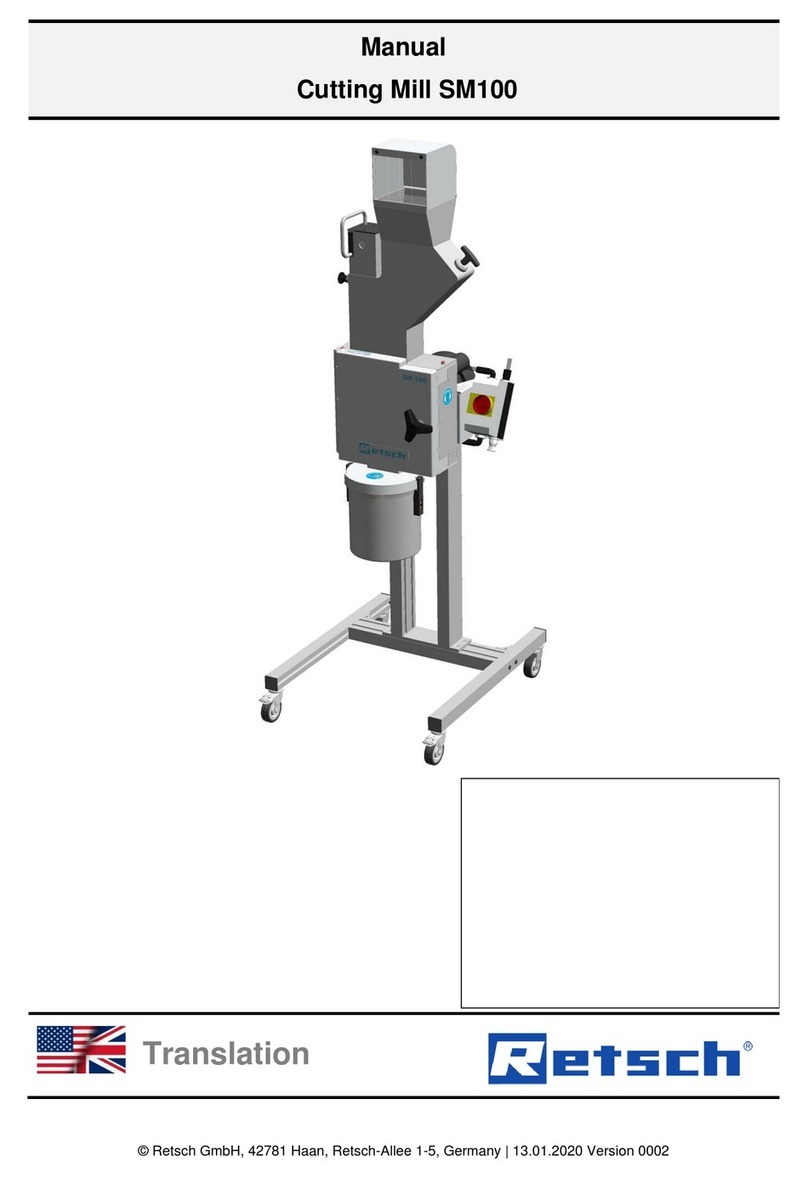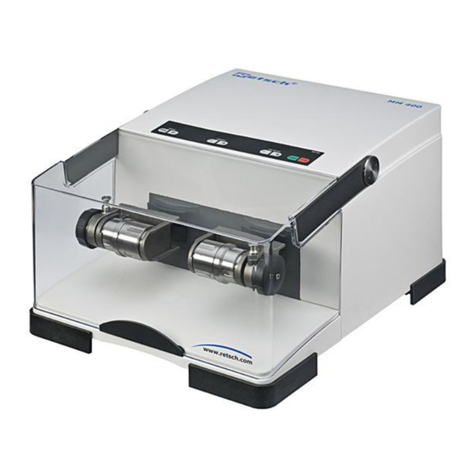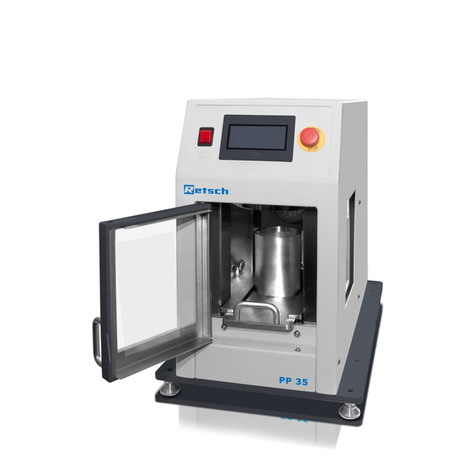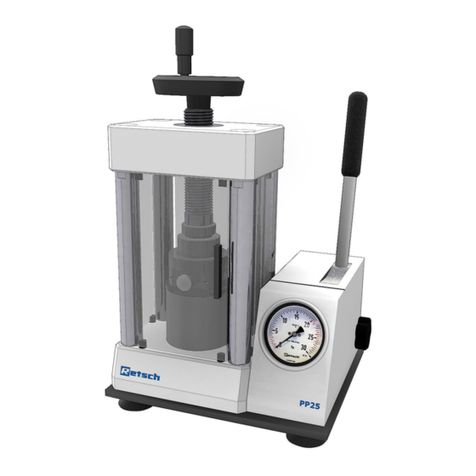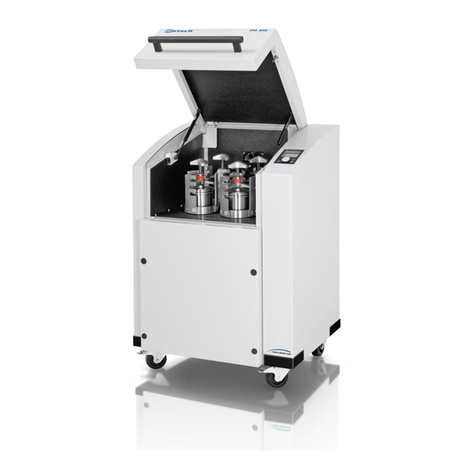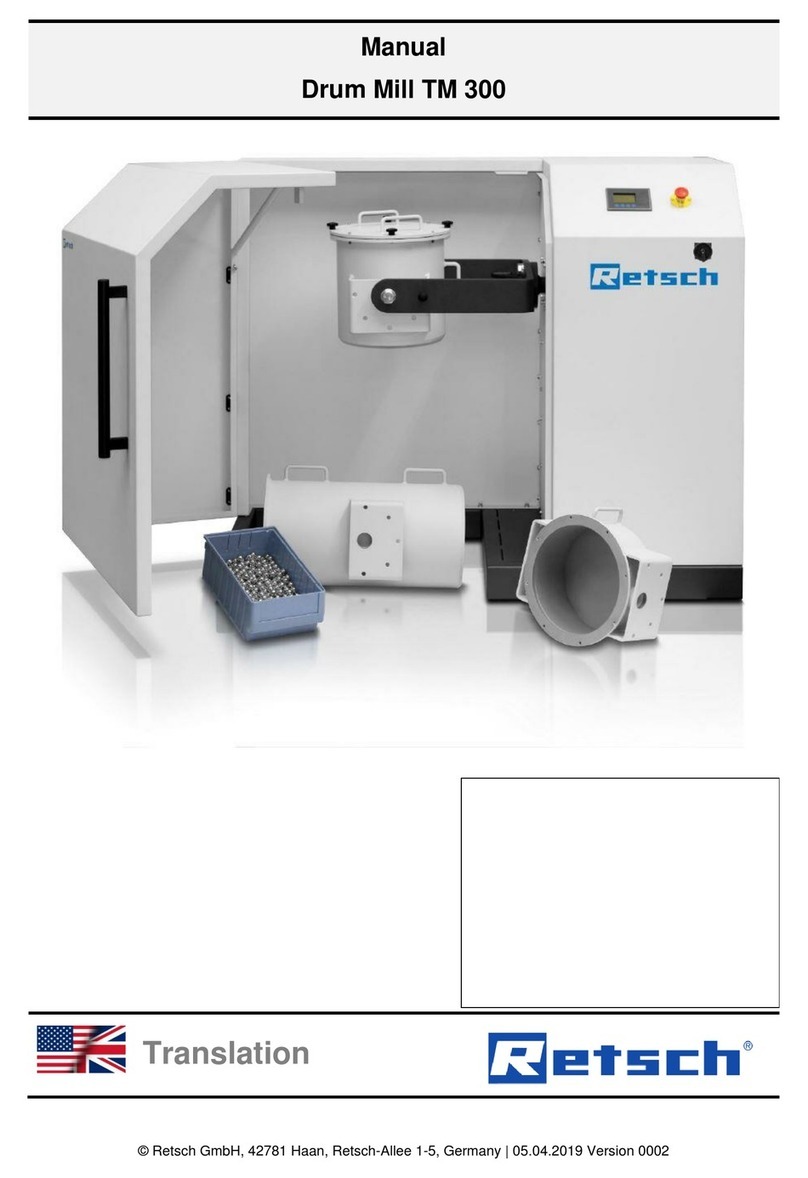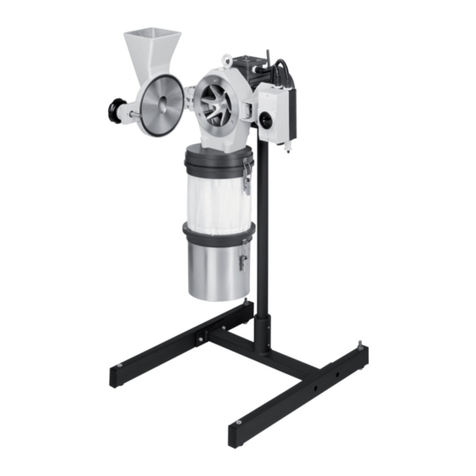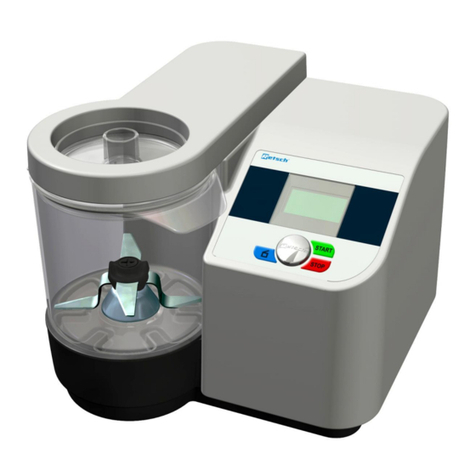Table of Contents
1Notes on the manual........................................................................................................................ 5
1.1 Disclaimer .................................................................................................................................... 5
1.2 Copyright...................................................................................................................................... 5
1.3 Repairs......................................................................................................................................... 6
2Safety................................................................................................................................................ 7
2.1 Explanations of the Safety Instructions.......................................................................................... 8
2.2 General Safety Instructions........................................................................................................... 9
2.3 Protective Equipment.................................................................................................................. 10
2.4 Intended use............................................................................................................................... 10
2.5 Improper use.............................................................................................................................. 10
2.6 Confirmation Form for the Managing Operator ............................................................................ 11
3Technical Data................................................................................................................................ 12
3.1 Use of the Device for the Intended Purpose................................................................................ 12
3.2 Principle of Operation ................................................................................................................. 12
3.3 Dimensions and Weight.............................................................................................................. 12
3.4 Required Floor Space................................................................................................................. 13
3.5 Installation drawing..................................................................................................................... 14
3.6 Rated Power............................................................................................................................... 15
3.7 Degree of Protection................................................................................................................... 15
3.8 Emissions................................................................................................................................... 15
3.9 Electromagnetic Compatibility (EMC).......................................................................................... 16
3.10 Feed Grain Size.......................................................................................................................... 16
3.11 Degree of hardness of the sample material................................................................................. 16
3.12 Gap width................................................................................................................................... 16
4Packaging, Transport and Installation.......................................................................................... 17
4.1 Packaging .................................................................................................................................. 17
4.2 Transport.................................................................................................................................... 17
4.3 Temperature Fluctuations and Condensation.............................................................................. 19
4.4 Conditions for the Installation Site............................................................................................... 19
4.5 Electrical Connection.................................................................................................................. 20
4.6 Type Plate Description................................................................................................................ 21
5Views of the device........................................................................................................................ 22
5.1 Front........................................................................................................................................... 22
5.2 Back........................................................................................................................................... 23
5.3 View of the control unit................................................................................................................ 24
6First Commissioning...................................................................................................................... 25
6.1 Installation of the Device............................................................................................................. 26
6.2 Establishing the power supply..................................................................................................... 27
7Operating the Device ..................................................................................................................... 28
7.1 Switching On / Off....................................................................................................................... 29
7.2 Adjusting the gap width............................................................................................................... 30
7.3 Adding sample material .............................................................................................................. 32
7.4 Removing sample material after grinding .................................................................................... 33
8Cleaning, Wear and Maintenance.................................................................................................. 35
8.1 Cleaning..................................................................................................................................... 35
8.1.1 Cleaning the machine housing................................................................................................ 36
8.1.2 Cleaning the feed hopper and grinding chamber..................................................................... 36
8.2Wear .......................................................................................................................................... 37
8.2.1 Replacing the breaking jaws ................................................................................................... 37
8.2.2 Replacing the wearing plates.................................................................................................. 40
8.3 Maintenance............................................................................................................................... 42
